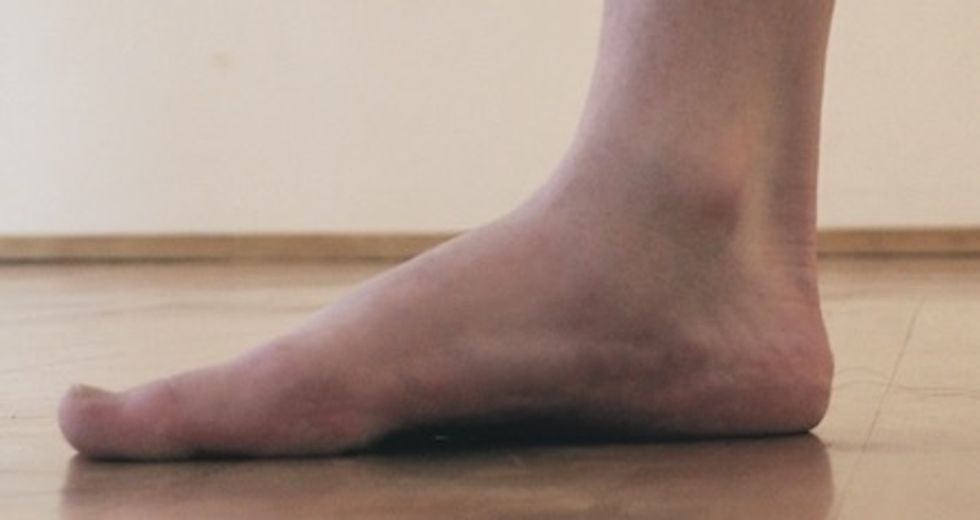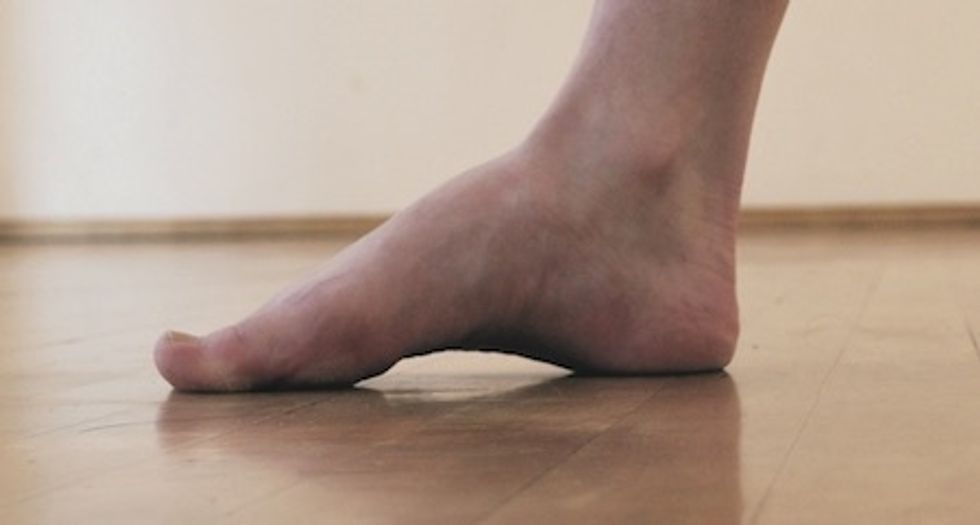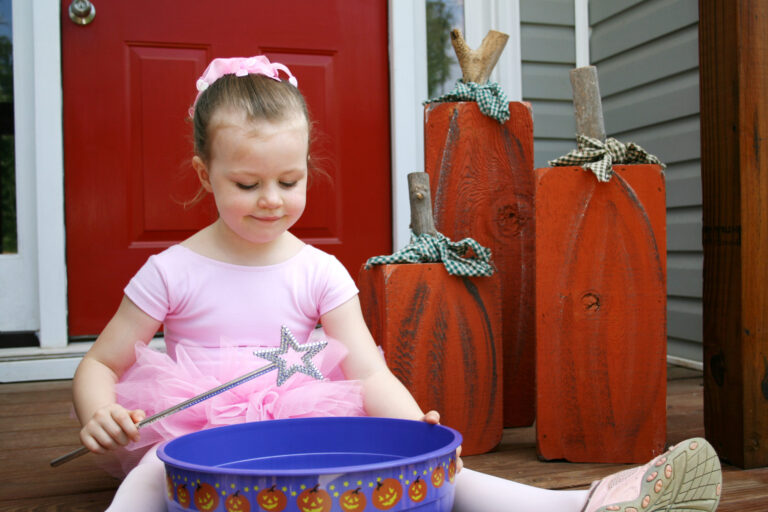
But as dancers, we should. We need our feet. They connect us to the floor; we push off them to move through space. We use them to relevé, roll through, land, stomp and tap. Yet we don’t treat them well. And sometimes, we flat-out abuse them.
As with most things in dance, healthy feet begin and end with proper technique. “The whole kinetic chain has to work together,” says Loeb. With a few foot-specific exercises, you can make sure you’re laying a strong foundation for movement.
Work the flex, not just the point.
In the quest for bendy banana feet, dancers constantly work their pointe muscles, contracting the calves and the muscles along the bottom of the feet. If you don’t reverse that motion enough, you may develop Achilles tendonitis or plantar fasciitis from overuse.
When it comes to lengthening calves, don’t overlook the power of the common standing lunge stretch you learned in PE class, says Loeb. Hold the barre with your hands for balance, and try it with a straight and bent back leg. Rock the hips slowly from side to side to stretch all planes of the muscle.
For a strengthening exercise, use a TheraBand as resistance as you point and flex your feet. Make sure you resist the flex and don’t just let feet spring back toward you. You should move as slowly to a flexed position as you do to a point. Wrap the band around your four smallest toes to target weaker muscles.
Strengthen ankles instead of forcing a superficial position.
Over-winging the feet in relevé may look beautiful, but it puts excessive weight on the big metatarsal, which can contribute to bunions. And forcing the heel forward in tendus stresses the tendons on the inside of the foot. Instead, to make beautiful lines safely, focus on building strength and stability in the ankles. Standing in parallel, hold a tennis ball between your feet, just below the inside ankle bone. Move slowly through pliés and relevés while trying to keep the ball in place.
Loeb also recommends young dancers balance on one foot while they brush their teeth, to work through the wobbles.
Feel the floor.
You’ve seen it before: dancers gripping the floor, tensing their toes as they move or try to find balance. Pamela Pietro of NYU’s Tisch School of the Arts recommends this visualization to help the feet relax: While standing, imagine the space between the ball of the big toe, the ball of the little toe and the inside and outside edges of the heel widening as the fascia on the underside of the foot spreads. Try to elongate the toes and create space between the metatarsals. “Think of big, spongy feet—what I call ‘platypus feet’—pressing into the floor,” she says.
Relaxed foot

Domed foot

Are you doming yet?
Doming is the holy grail of foot exercises. It strengthens, beautifies and increases agility; every dancer should be doing it daily. It can be performed sitting or standing with feet flat on the floor or on a towel for a more tactile experience. Keeping the toes long and flat on the floor, pull the ball of the foot toward the heel, creating a dome-shaped space under the arch. Hold for 10 seconds and relax. Repeat five times to start, adding more reps as strength increases.
Friendly Footwear
Dance shoes are confining, especially when a snug fit creates a cleaner line along the arch. Make sure you can feel the floor without the toes knuckling. Outside of class, choose supportive footwear. Avoid high heels, which keep your calves working. Completely flat shoes aren’t ideal, either. Those with high arches should try a very low heel for extra support under the arch. For flat feet, find flat shoes with arch support. Many dancers swear by Clarks or Dansco clogs. Skip backless styles, though, which require you to scrunch your toes to keep them on.




